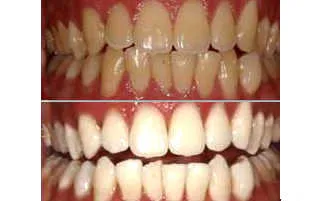What is Teeth Whitening and Why Consider It
Teeth whitening, also known as teeth bleaching, is a cosmetic dental procedure designed to lighten the color of your teeth. It involves removing stains and discoloration, resulting in a brighter, more aesthetically pleasing smile. In today’s society, where appearances often play a significant role in personal and professional interactions, having a bright smile can significantly boost confidence and self-esteem. Discolored teeth can result from various factors, including aging, genetics, dietary habits (such as coffee, tea, and red wine consumption), and smoking. Teeth whitening offers a solution to reverse these effects, helping individuals achieve a radiant and youthful appearance. Considering teeth whitening is a personal choice, driven by the desire to improve one’s smile and overall aesthetic. It’s a popular procedure, offering a quick and effective way to enhance your appearance and make a positive first impression.
Overview of Teeth Whitening Procedures
Teeth whitening procedures generally fall into two main categories in-office and at-home treatments. In-office whitening, performed by a dentist, offers the most immediate and dramatic results. These procedures typically involve the application of a high-concentration bleaching agent, often activated by a special light or laser. The entire process is carefully monitored by a dental professional, ensuring both effectiveness and safety. At-home whitening kits, on the other hand, offer a more convenient and budget-friendly option. These kits usually include custom-fitted trays and a lower-concentration bleaching gel. Patients wear the trays for a specified period each day, gradually whitening their teeth over several weeks. Both methods use peroxide-based bleaching agents to penetrate the enamel and dentin, the layers of the tooth, breaking down the stain molecules that cause discoloration. The choice between in-office and at-home whitening depends on individual needs, preferences, and budget. Consulting with a dentist is essential to determine the best approach for your specific situation and to ensure the best possible outcome.
In-Office Teeth Whitening
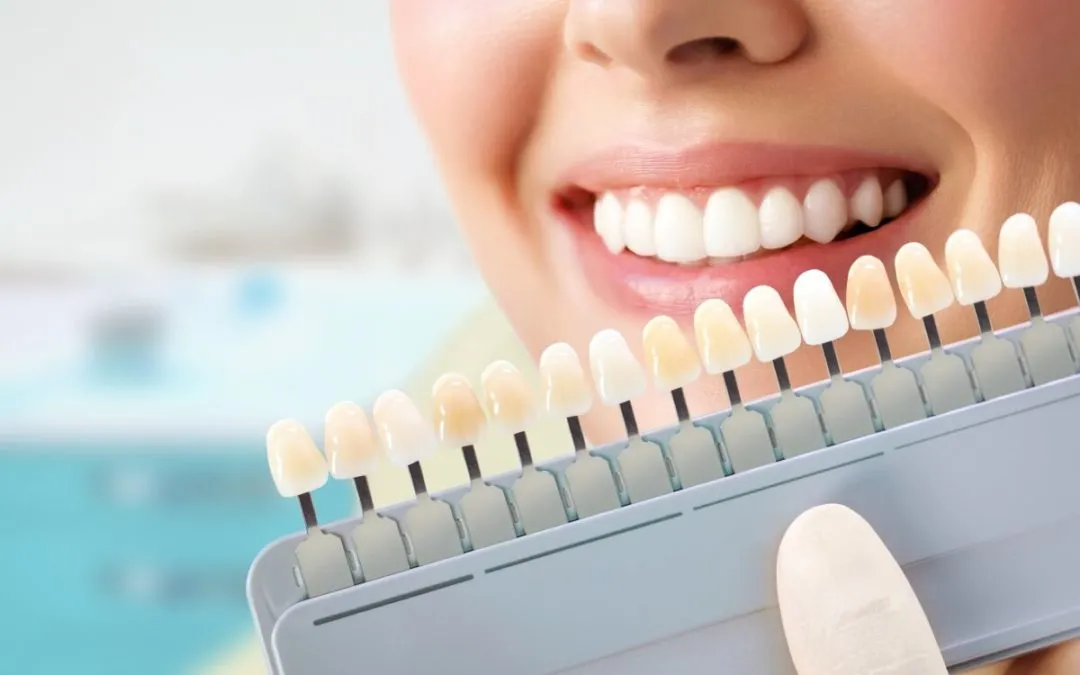
In-office teeth whitening is a professional procedure carried out in a dental clinic under the supervision of a dentist. The process typically begins with a thorough cleaning of the teeth to remove any plaque or surface stains. Then, a protective barrier is applied to the gums to prevent irritation from the bleaching agent. A high-concentration hydrogen peroxide gel is applied to the teeth. This gel is often activated by a special light or laser, which accelerates the whitening process. The dentist monitors the process throughout, ensuring the safety of the patient. Depending on the product used, the procedure may involve multiple sessions, each lasting about an hour. The advantages of in-office whitening include immediate results, higher concentrations of bleaching agents for faster whitening, and professional supervision to minimize risks. The dentist can also address any sensitivity or complications that might arise during the procedure. This method is ideal for those seeking dramatic results in a short amount of time.
Benefits of In-Office Whitening
The primary benefit of in-office teeth whitening is its ability to deliver immediate and noticeable results. Patients can often see a significant improvement in the color of their teeth in a single session. The high concentration of bleaching agents used in-office is more effective at removing deep stains, leading to a brighter, whiter smile. Another key benefit is the professional supervision provided by a dentist. This ensures the safety of the procedure, as the dentist can monitor for any potential side effects, such as sensitivity, and take steps to mitigate them. In-office whitening also offers the convenience of a quicker treatment time compared to at-home methods. Furthermore, the dentist can customize the treatment based on the individual’s needs and the severity of the discoloration. This level of personalization ensures optimal results and patient satisfaction. Overall, in-office whitening is an efficient and effective way to achieve a significantly brighter smile under expert care.
Factors Influencing Cost
The cost of teeth whitening in India can vary considerably, influenced by several factors. The type of procedure significantly impacts the price, with in-office whitening generally being more expensive than at-home options. The reputation and location of the dental clinic also play a role; clinics in major cities or those with established reputations may charge higher fees. The complexity of the treatment is another factor, with more severe cases of discoloration or the need for additional procedures potentially increasing the cost. The specific materials and technologies used, such as the brand of whitening gel or the type of light activation, can also influence the price. Finally, the dentist’s experience and expertise can affect the overall cost, as experienced dentists may charge more for their services. Patients should research different clinics and compare the costs, considering the quality of service and the reputation of the dental professional before making a decision.
Type of Whitening Procedure
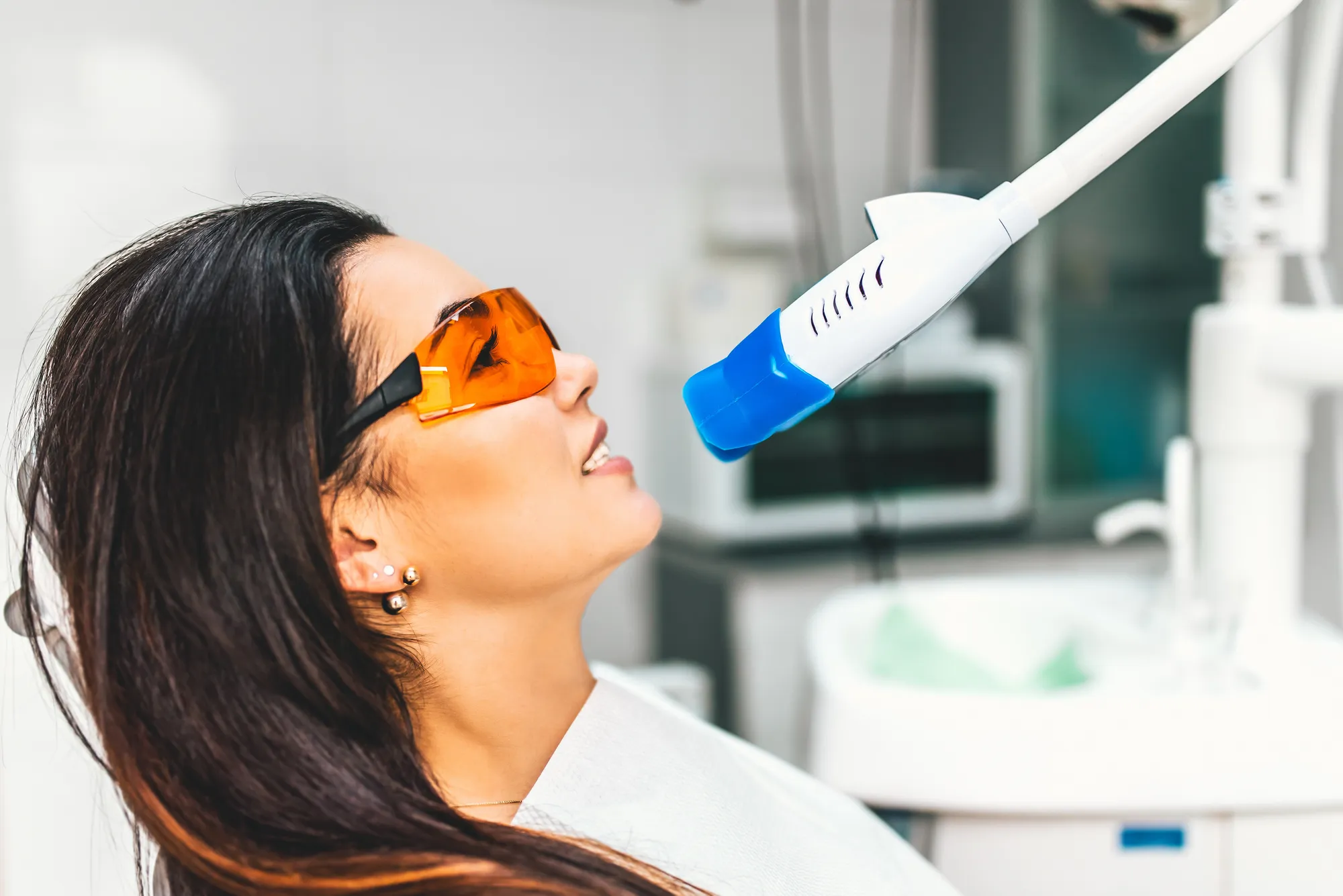
The type of teeth whitening procedure significantly affects the cost. In-office whitening, due to its advanced technology and professional supervision, typically has a higher price tag. The use of high-concentration bleaching agents and specialized equipment, such as light-activated systems, contributes to the cost. At-home whitening kits are generally more affordable. These kits include custom-fitted trays and lower-concentration bleaching gels, allowing for a gradual whitening process. The price difference reflects the level of professional involvement and the speed of the results. Some clinics also offer combination treatments, where patients start with an in-office session and then continue with at-home maintenance kits. These combination approaches balance effectiveness and cost, offering a personalized whitening experience. Patients should evaluate their needs, the desired outcome, and their budget to determine the most appropriate type of whitening procedure.
Clinic Location and Reputation
The location and reputation of the dental clinic are key factors in determining the cost of teeth whitening. Clinics located in metropolitan areas or affluent neighborhoods often have higher operational costs, which are reflected in their service prices. Furthermore, clinics with established reputations and experienced dentists may charge more for their services. These clinics often invest in advanced technologies and maintain high standards of care, justifying the higher fees. Before selecting a clinic, potential patients should research the clinic’s reviews, check the dentist’s qualifications, and assess the overall quality of the facility. Clinics that offer a comprehensive range of dental services and have a strong commitment to patient satisfaction are typically worth considering. It is important to balance the cost with the quality of care to ensure the best possible results and a positive experience. While a lower price might be appealing, it is essential to ensure that the clinic maintains high standards of hygiene, uses reputable materials, and employs qualified dental professionals.
Complexity of the Treatment
The complexity of the teeth whitening treatment significantly impacts the overall cost. The degree of tooth discoloration is a primary factor; more severe staining typically requires more sessions or higher concentrations of bleaching agents, increasing the cost. The presence of other dental issues, such as cavities or gum disease, can also complicate the treatment. These issues may need to be addressed before whitening, adding to the overall expense. Some patients may have underlying conditions that make teeth whitening more challenging or require additional precautions. Furthermore, the need for additional procedures, such as scaling or polishing, to remove surface stains can increase the total cost. It is important for the dentist to conduct a thorough examination to assess the condition of the teeth and gums, and the severity of the discoloration. This assessment helps to determine the complexity of the treatment and to provide an accurate cost estimate. Patients should discuss the potential complications and additional costs with their dentist before proceeding with the treatment.
Take-Home Teeth Whitening Kits
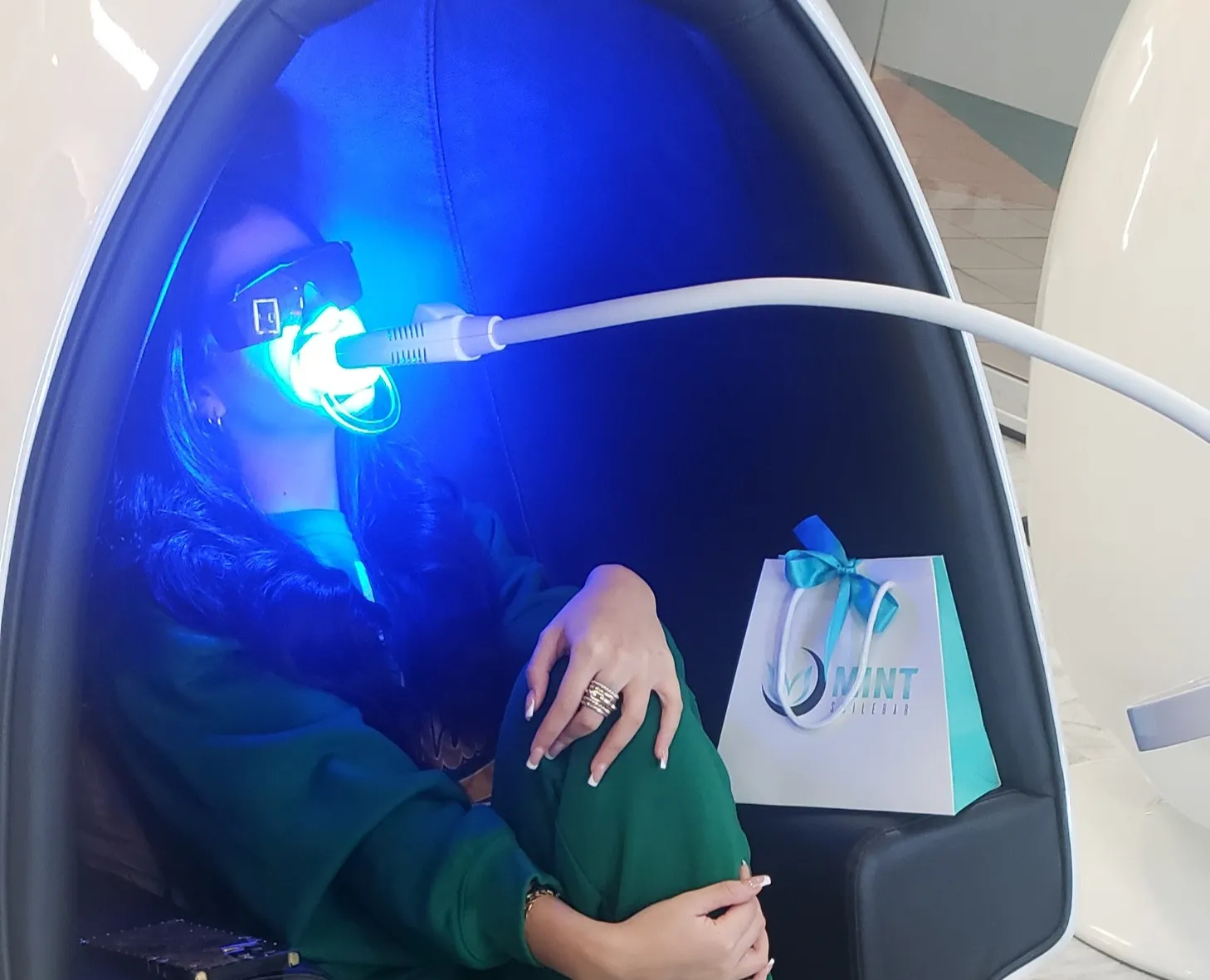
Take-home teeth whitening kits offer a convenient and cost-effective alternative to in-office procedures. These kits typically include custom-fitted trays that are designed to fit snugly over your teeth. The dentist takes impressions of your teeth to create these trays, ensuring a perfect fit. The kit also contains a bleaching gel, usually a lower concentration of hydrogen peroxide compared to what is used in-office. Patients wear the trays with the gel for a specific amount of time each day, typically for several weeks, gradually whitening their teeth. These kits are often more affordable than professional treatments, making them accessible to a wider range of individuals. While take-home kits offer flexibility and convenience, it is important to follow the dentist’s instructions carefully to ensure safe and effective results. Consulting with a dentist is crucial to determine if a take-home kit is the right option for you, and to receive guidance on the proper use of the kit.
Pros and Cons of Take-Home Kits
Take-home teeth whitening kits offer several advantages. Their primary benefit is affordability, making them an accessible option for many. They are also convenient, as patients can whiten their teeth in the comfort of their own homes, following a flexible schedule. The gradual whitening process minimizes the risk of sensitivity compared to in-office treatments. However, take-home kits also have some drawbacks. The results are typically less dramatic and take longer to achieve compared to in-office whitening. It is essential to strictly adhere to the dentist’s instructions to avoid improper usage and potential side effects. The effectiveness of at-home kits can vary depending on the individual’s teeth and the severity of the staining. Some patients may find the trays uncomfortable, and it requires discipline to consistently wear them. Before opting for a take-home kit, consult your dentist to ensure it is appropriate for your specific needs and to receive personalized guidance on its use.
Cost Comparison In-Office vs Take-Home
The cost comparison between in-office and take-home teeth whitening reveals significant differences. In-office whitening, due to its professional nature and advanced technologies, is generally more expensive. The cost includes the dentist’s fees, the use of high-concentration bleaching agents, and specialized equipment. Take-home kits are typically a more budget-friendly option. They cost less because they involve lower-concentration bleaching agents and the procedure is performed at home. The price difference also reflects the level of professional supervision and the speed of the results. In-office whitening provides immediate and dramatic results, while take-home kits require more time to achieve similar levels of whitening. Patients must weigh the cost, the desired outcome, and the convenience factor when deciding. It is important to discuss these options with your dentist to determine the best approach based on your budget, your time constraints, and the severity of your tooth discoloration.
Aftercare and Maintenance for Lasting Results
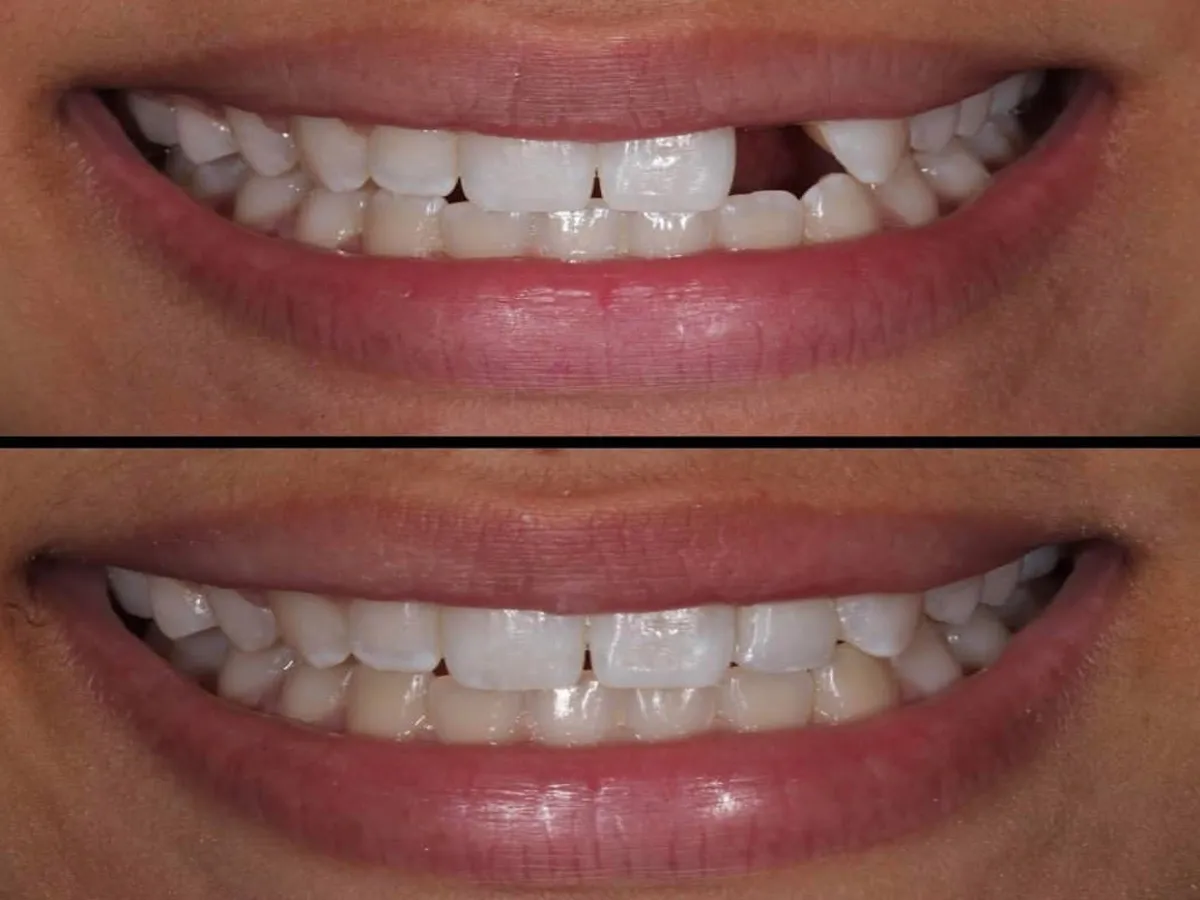
After undergoing teeth whitening, proper aftercare and maintenance are essential to ensure lasting results. This includes following specific guidelines to minimize staining and maintain the brightness of your teeth. Avoiding or limiting the consumption of stain-causing foods and drinks is crucial. Beverages like coffee, tea, red wine, and dark sodas are known to stain teeth, and their consumption should be minimized. Foods such as berries, soy sauce, and curries can also contribute to staining. Maintaining good oral hygiene practices is another important aspect. Brushing your teeth twice a day, flossing daily, and using an antibacterial mouthwash help remove plaque and prevent new stains from forming. Regular dental check-ups and professional cleanings are also necessary to remove any surface stains and keep your teeth healthy. Following these aftercare tips will help preserve the results of your teeth whitening treatment and keep your smile looking its best for longer.
Tips for Maintaining White Teeth
To maintain white teeth after whitening, adopt several proactive habits. One key practice is to rinse your mouth with water immediately after consuming stain-causing foods and drinks. This helps remove food particles and prevent stains from setting in. Using a straw when drinking beverages like coffee, tea, and soda can minimize contact with your teeth. Quitting smoking and avoiding other tobacco products is essential, as these substances are major contributors to tooth discoloration. Regularly brushing your teeth with a whitening toothpaste can help remove surface stains and maintain brightness. Consider using a whitening mouthwash for an added layer of protection. Regular dental check-ups and professional cleanings are crucial for keeping your teeth healthy and maintaining their color. Adhering to these tips and maintaining a consistent oral hygiene routine can significantly extend the longevity of your teeth whitening results and keep your smile looking radiant.
Potential Risks and Side Effects of Teeth Whitening
While teeth whitening is generally a safe procedure, it is essential to be aware of potential risks and side effects. The most common side effect is tooth sensitivity, which can range from mild to moderate. This sensitivity usually subsides within a few days after the treatment. Gum irritation or inflammation is another potential side effect, especially if the bleaching agent comes into contact with the gums. In rare cases, excessive use of bleaching agents can damage the tooth enamel, making it more susceptible to decay. It’s also possible that the whitening process might not be as effective on certain types of stains or on dental restorations like fillings or crowns. Therefore, it’s essential to consult with a dentist before undergoing teeth whitening to assess your oral health, discuss potential risks, and determine the most suitable treatment. Following the dentist’s instructions is crucial to minimize the risks and ensure a safe and effective outcome.
Sensitivity and Gum Irritation
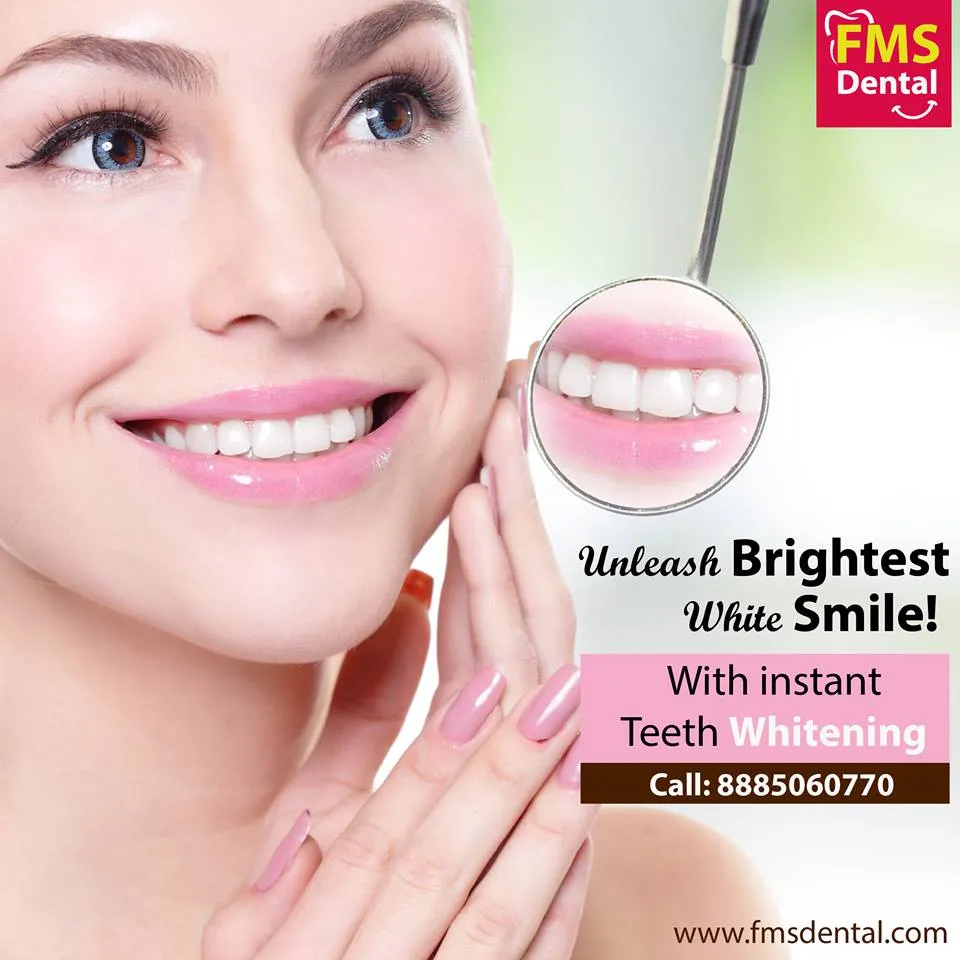
Sensitivity and gum irritation are two of the most common side effects associated with teeth whitening. Tooth sensitivity can manifest as a sharp, shooting pain or discomfort when consuming hot or cold foods and drinks. This happens because the bleaching agents can temporarily affect the enamel and expose the underlying dentin. Gum irritation, on the other hand, can occur if the bleaching agent comes into contact with the gums. This can lead to inflammation, redness, and soreness. To minimize these side effects, dentists often recommend using desensitizing toothpaste before and after the procedure. They may also apply a protective barrier to the gums during in-office treatments. Patients should adhere to the dentist’s instructions regarding the duration and frequency of the treatment, as excessive use of bleaching agents can increase the risk of sensitivity and irritation. If sensitivity persists or worsens, contact your dentist immediately for guidance.
Frequently Asked Questions about Teeth Whitening
Teeth whitening often raises several questions from patients. Some common queries include: How long does teeth whitening last? Is teeth whitening safe? The longevity of teeth whitening results can vary depending on the individual’s habits and oral hygiene practices. Generally, the effects can last from several months to a few years. To maintain the results, it is crucial to follow aftercare instructions, avoid staining foods and drinks, and maintain good oral hygiene. When done by a dental professional, teeth whitening is generally considered safe. However, potential side effects like tooth sensitivity and gum irritation may occur. Discussing your medical history and any concerns with your dentist before starting the treatment is important to minimize risks. Choosing a qualified dentist and following their recommendations can ensure a safe and effective teeth whitening experience. Patients should openly discuss any concerns or questions with their dentist to ensure they fully understand the procedure and its potential effects.
How long does teeth whitening last
The duration of teeth whitening results can vary depending on several factors. On average, the effects of teeth whitening can last from six months to three years. However, this timeframe is influenced by individual lifestyle choices and oral hygiene habits. Consuming staining foods and beverages, such as coffee, tea, red wine, and dark-colored berries, can accelerate the discoloration process. Smoking and other tobacco use also diminish the longevity of whitening results. Maintaining good oral hygiene practices, including brushing and flossing regularly, helps to preserve the brightness of your teeth. Regular dental check-ups and professional cleanings can also help to remove surface stains and extend the life of your whitened smile. If you are looking to maintain a bright smile, consider touch-up treatments or at-home maintenance kits to keep your teeth looking their best.
Is teeth whitening safe

When performed under the supervision of a qualified dental professional, teeth whitening is generally considered a safe cosmetic procedure. Dentists use a range of safety protocols and precautions to minimize the risk of adverse effects. Before undergoing teeth whitening, the dentist will conduct a thorough examination of your teeth and gums to assess their health. They will also discuss your medical history and any potential concerns. The bleaching agents used in teeth whitening, such as hydrogen peroxide, are regulated and used in controlled concentrations. While some individuals may experience temporary tooth sensitivity or gum irritation, these side effects usually subside quickly. It’s important to follow the dentist’s instructions regarding the treatment duration and frequency. Choosing a reputable dental clinic with experienced professionals ensures that the procedure is carried out safely and effectively. Consulting with your dentist and adhering to their recommendations will help you achieve a brighter smile while minimizing any potential risks.
Finding a Reputable Dentist for Teeth Whitening
Selecting a reputable dentist is crucial for a successful teeth whitening experience. Start by seeking recommendations from friends, family, or your general dentist. Research dentists in your area and check their credentials, including their qualifications and experience. Review online reviews and testimonials to get insights into other patients’ experiences. Look for a dentist who specializes in cosmetic dentistry and has a strong track record of successful teeth whitening procedures. Schedule a consultation to discuss your needs and expectations. During the consultation, the dentist should conduct a thorough examination of your teeth and gums, explain the different whitening options available, and address any concerns you may have. Ensure the clinic maintains high standards of hygiene and uses reputable materials. Ask about the cost of the procedure and any potential follow-up treatments. Choosing a dentist you trust and feel comfortable with is essential for a positive experience. By doing your research and selecting a qualified and experienced dentist, you can achieve a brighter, more confident smile safely and effectively.
